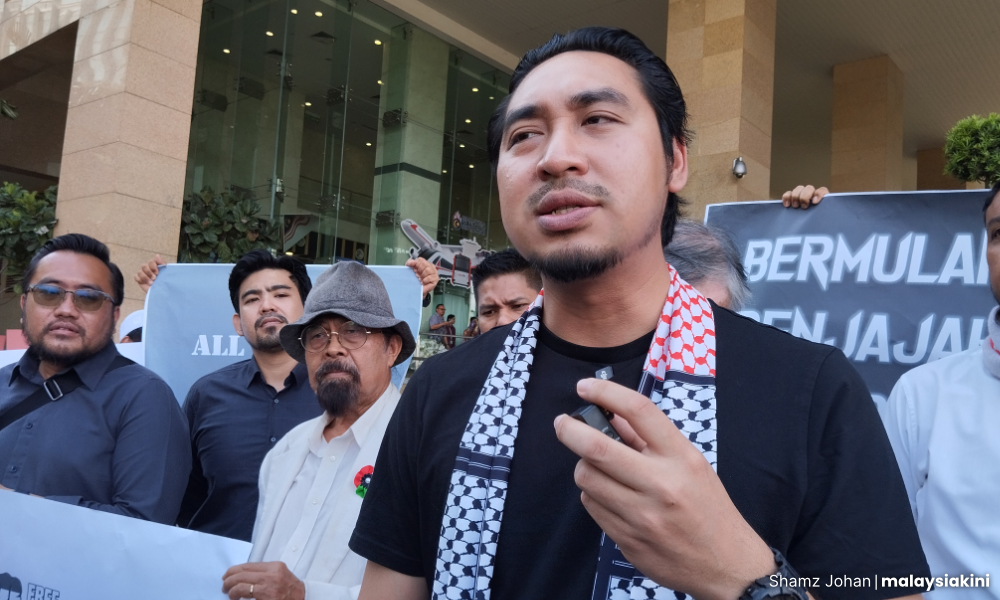Military modernization is being accelerated in India due to the changing geo-political situation and security scenario. , Military modernization is being accelerated in India due to the changing geo-political situation and security scenario. The modernization exercise has intensified in the last one year, largely due to tensions with China and the Ladakh standoff. Also, the constant tension with Pakistan is also a reason. The modernization exercise was not planned. According to national security expert Bharat Karnad, military modernization in India has always been a supportive process, only in line with the possible plans prepared by the directorates of the respective services. Experts say that one of the biggest challenges facing India’s military modernization is the defense budget. India’s defense budget in the year 2020 was about $ 72.9 billion, while China’s defense budget was about $ 178 billion during the same period. According to Bharat Karnad, modernization is a function of the financial resources made available to the army. The only problem in the case of India is that a major part of the budget is being spent on manpower. The military accounted for 56 percent, or $38 billion, of the budget for 2020-2021, and only 18 percent, or about $7 billion, was allocated for capital expenditure, which is for the purchase of modern weapons and parts. . In today’s world, $7 billion cannot be used to modernize the military. The ambitious plan towards modernization is that of the Integrated Command. The government wants to integrate the capabilities of the Army, Navy and Air Force. The current 17 single-service units are to be brought under five theater commands to establish an integrated approach in dealing with future conflicts. According to experts, reforms are important for the modernization process. Modernization is not just about weapons, platforms and equipment. In the year 2020, a report by the Comptroller and Auditor General (CAG) of India on Siachen – ‘The world’s highest battlefield in the Himalayas’ had highlighted the lack of much-needed military preparedness. In the past decade, there have been several such reports of military resource shortages and equipment running out. Among the older weapon platforms that are still in service, the most notable of the Indian Air Force fleet is the MiG-21 Bison, which is being phased out. As for the reasons why the aircraft is still in use, analysts say that there is a paucity of funds to acquire new jets and that is why the aviation units of the Army and Navy cannot be modernized in one go. Some experts say that the authorities need clarity on what kind of jets India needs. In addition to all this, cyber and network-centric warfare needs more attention, experts insist. India is currently one of the top five arms importers in the world. However, the central government is placing more emphasis on local production and procurement of arms and military equipment. In the opinion of experts, the recent purchases by India reflect a strategic shift in the thought process. Modernization of the Indian Navy is also being praised, with examples of indigenous aircraft carrier INS Vikrant, planned carrier INS Vishal and modified Kiev-class aircraft carrier INS Vikramaditya. In this regard, exercise is also going on on the diplomatic front. In the opinion of experts, India will have to go ahead with a long-term plan to adopt the path of indigenization while avoiding conflict with the United States and Russia over the purchase of military equipment. India’s decision to purchase Triumph S-400 surface-to-air missiles (SAMs) from Russia is under the shadow of US sanctions, especially the ‘Counter America’s Adversaries Through Sanctions Act’ (CATSA). Analyzes are underway in both New Delhi and Washington DC about the possible bitterness in US-India relations due to the India-Russia S-400 deal. In fact, the US wants India to buy either the Theater High Altitude Area Defense (THAAD) system or the Patriot battery system manufactured by American Lockheed Martin. Due to cost and operational requirements and other reasons, India has not expressed interest in purchasing US systems. Missile StrengthIn the field of missile development, India has been successful in developing air-to-air missiles like Pinaka Multi Barrel System (MRBLS), Prithvi Short Range Ballistic Missiles (SRBMs) to Intermediate Range Ballistic Missiles (IRBMS) Agni. In the series, all variants of BrahMos except K-4 Submarine Ballistic Missile (SLBM) and till Pralay, Supersonic Missile Torpedo (SMART) have been developed.
Note: This article have been indexed to our site. We do not claim legitimacy, ownership or copyright of any of the content above. To see the article at original source Click Here












